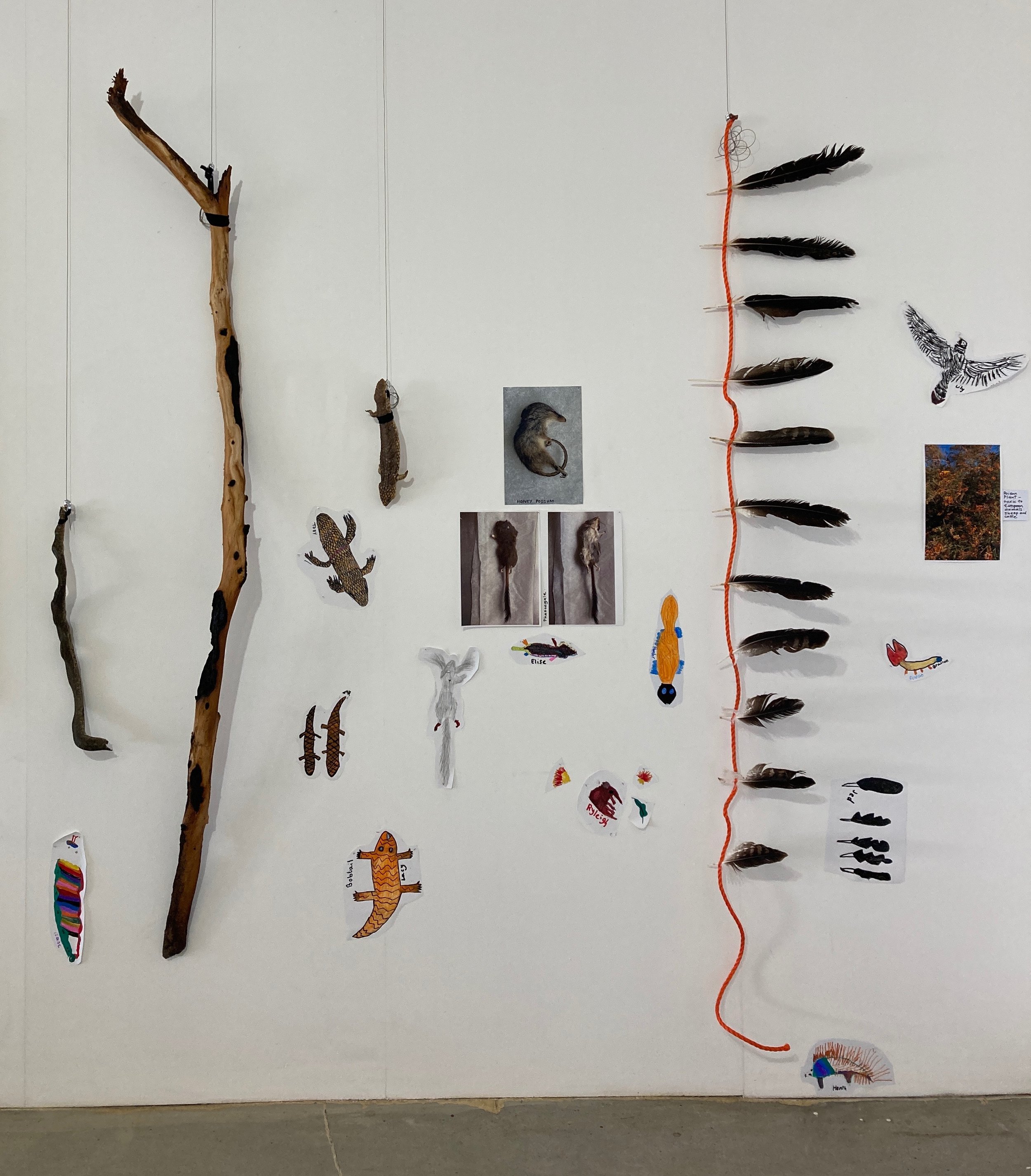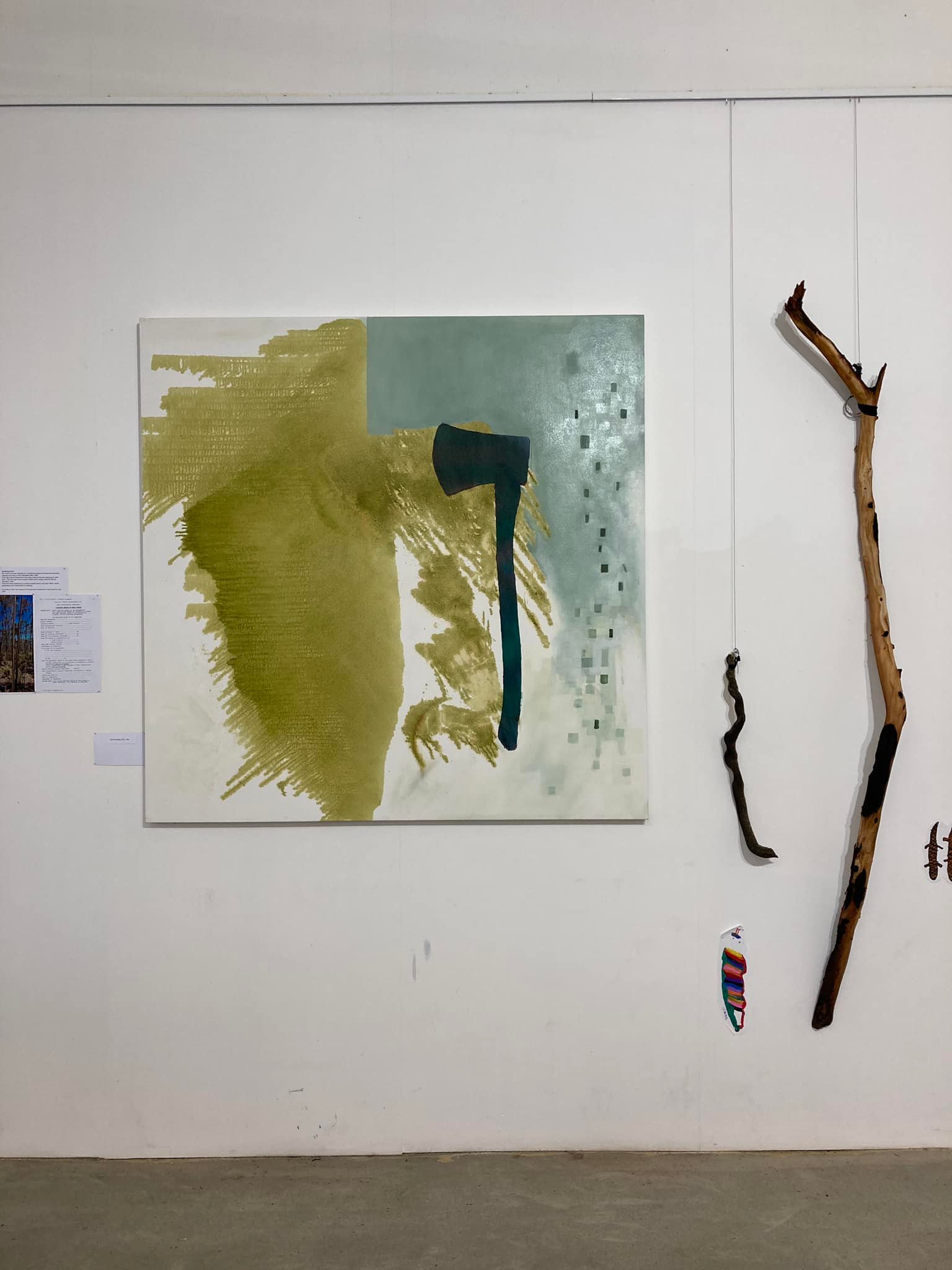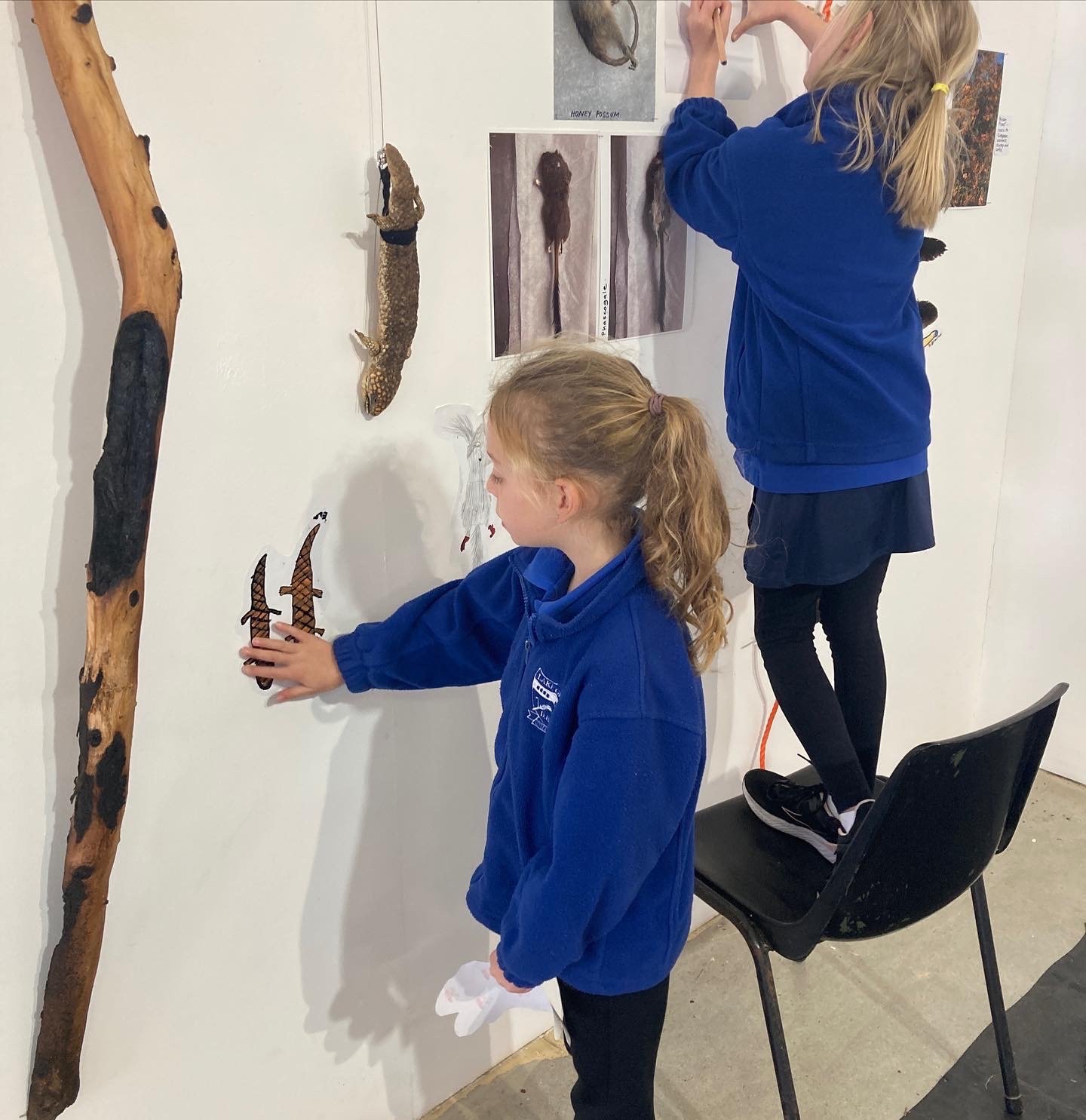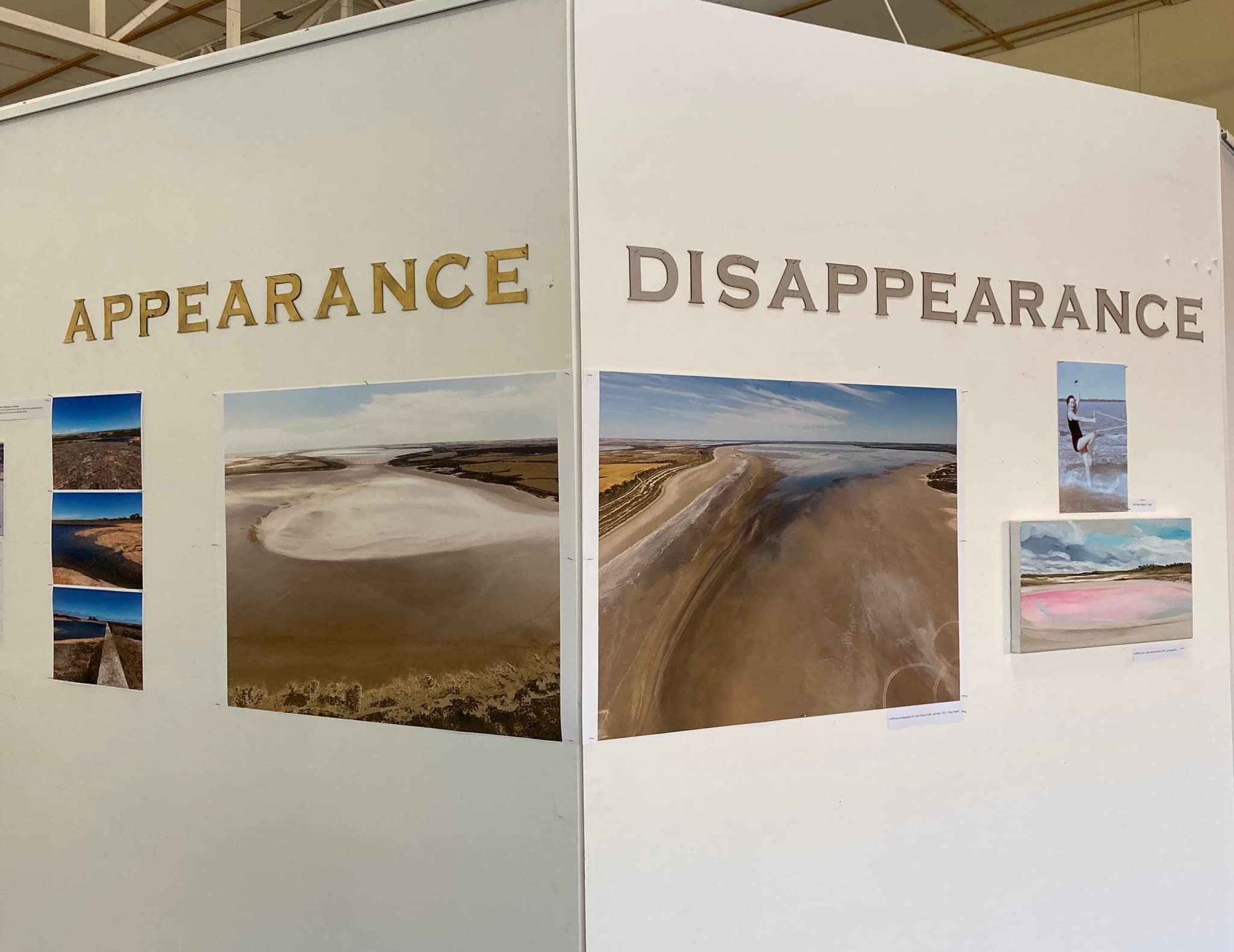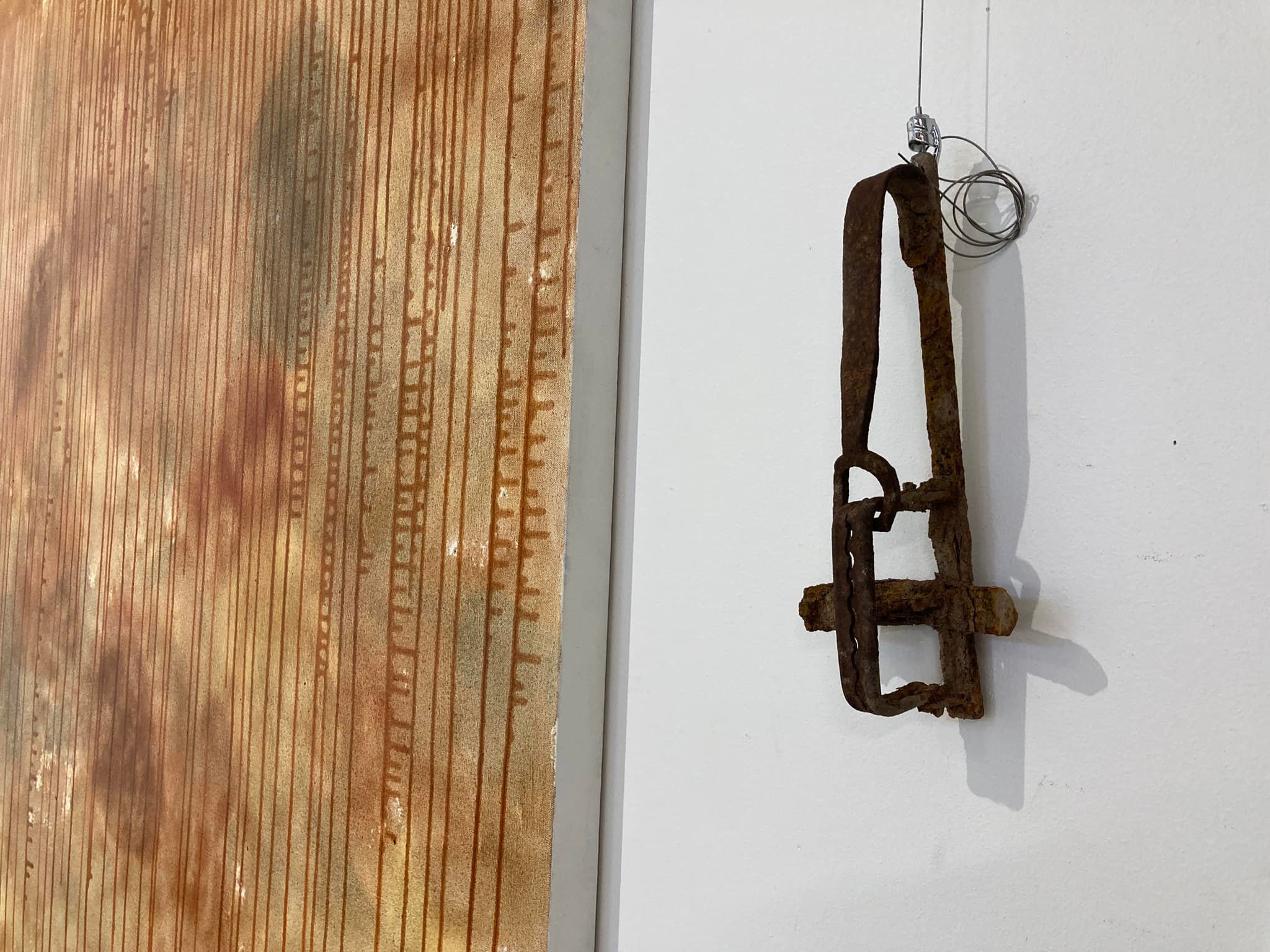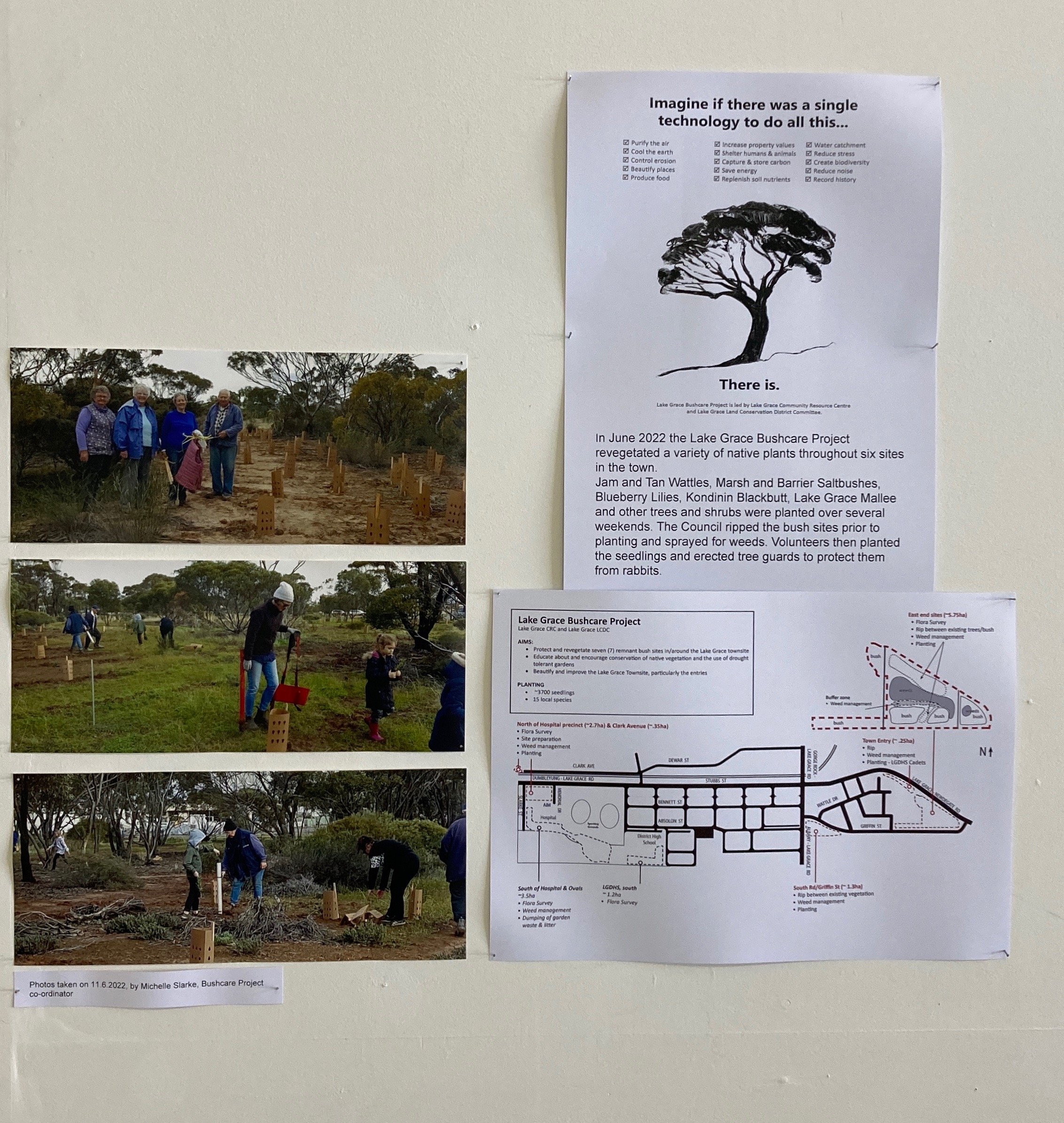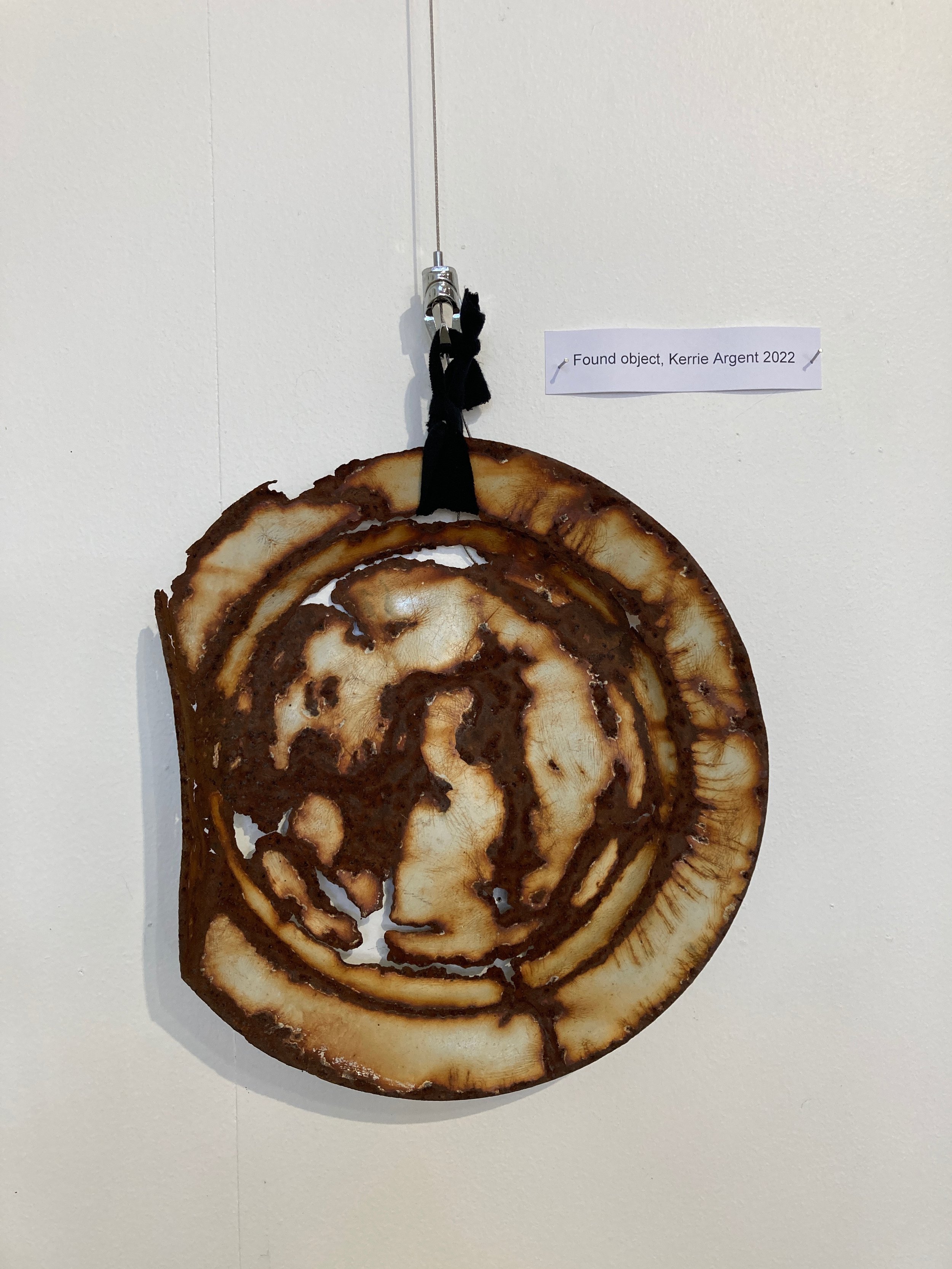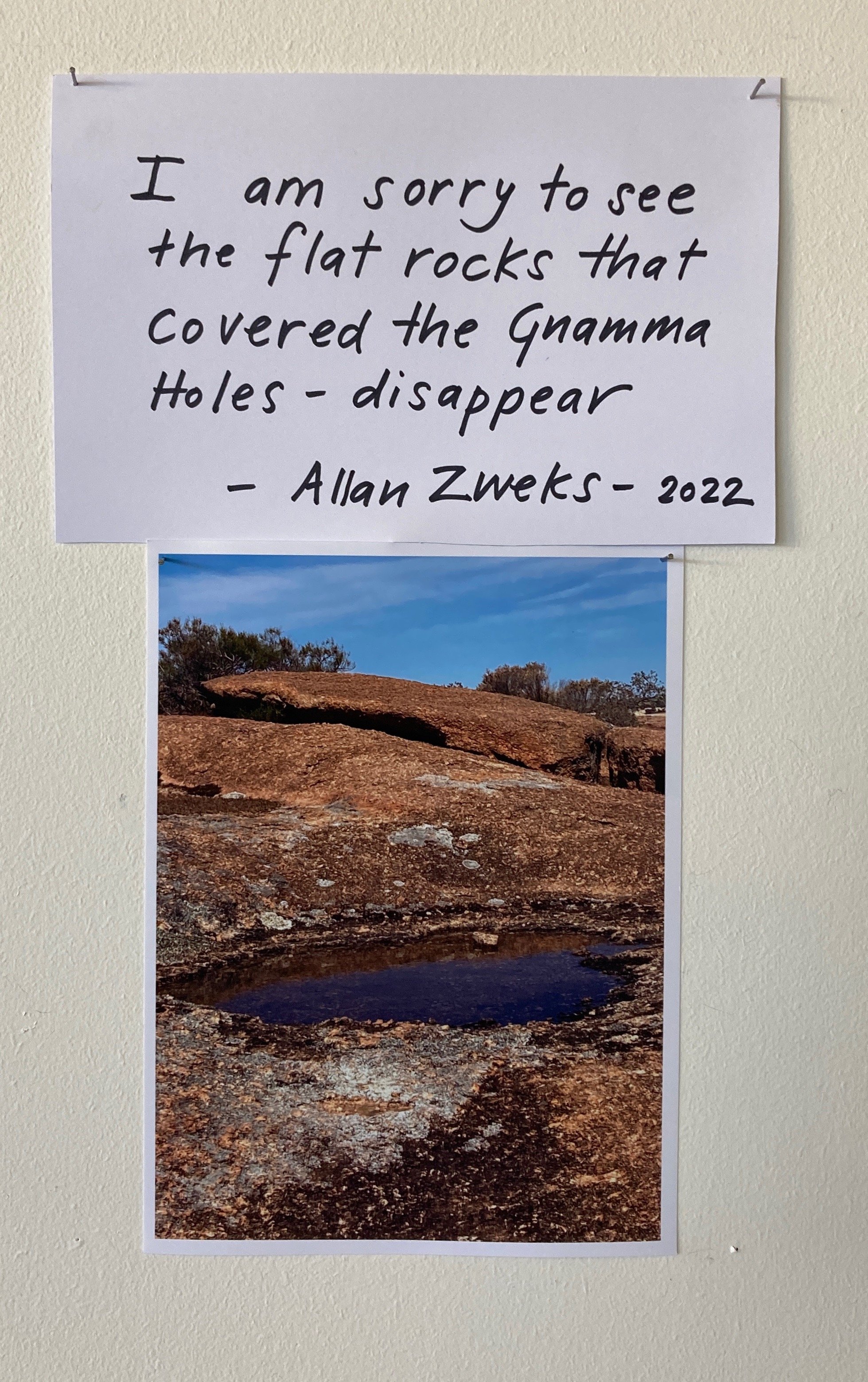Rural Utopias Residency: Jo Darbyshire in Lake Grace #3
Jo Darbyshire is working with the community of Lake Grace, her residency forming part of one of Spaced’s current programs, Rural Utopias.
Jo is a fifth generation West Australian, and grew up in Lake Grace, in the West Australian wheatbelt. She currently works as an artist and social history curator in Fremantle, WA.
Here, Jo shares an update from her residency.
After 4 weeks in Lake Grace on the second stage of my Spaced 4 Residency I opened an exhibition that included artworks by myself and others, personal souvenirs and found objects loaned by community members and documents and quotes from others who worked with me to explore the theme - Rural Utopia/Radical Disappearance.
This project began by asking the question ‘what has disappeared or is disappearing from Lake Grace?’ and I aimed to build the exhibition, with the community, slowly over the 4 weeks, as more and more information became available or was contributed.
I started by displaying a text taken from the book Like Nothing Else on this Earth - a Literary History of the Wheatbelt (2017), by Tony Hughes d’Aeth, which explored the radical change in the landscape of the Wheatbelt - 50 million acres of bush were cleared by 1970 and only 7% of original vegetation remains.
I also started by presenting research about the Aboriginal history of the area as I was particularly interested in asking questions about the seeming disappearance of Aboriginal history. As a child growing up in Lake Grace I had been told the story that “no Aboriginals lived in the place, they only moved through because there wasn't enough freshwater”. As an adult I knew that most likely this assumption was not true- and so I started with research:
I visited the WA Museum and asked to see any artefacts from the Lake Grace area- and to be able to take photographs back – of the artefacts, to the Lake Grace community. The Museum staff were very generous in their support of this idea and put me in contact with Grant Riley from the Wuddi Cultural centre in Dumbleyung. I was also given a photo of Tindales map of the south-west, showing Aboriginal tribal areas- and this really opened up debate in the community.
The map showed that 5 or 6 tribal groups are connected to the Lake Grace area: Wilmen (Dumbleyung), Balladong (Kellerberin), Njaki-njaki (Hyden,Kondinin), Koreng (Gnowangerup), and possibly Wudjari (Esperance).
Grant Riley, who was a Wilmen man agreed to give a ‘Welcome to Country’ and open the exhibition with a talk about the Mulka story, which connects Hyden/Wave Rock with Lake Grace and Dumbelyung. This was the first time a member of the Wilmen tribe had been asked to visit Lake Grace for such a purpose.
Then I asked people in town if they remembered any Aboriginal people living here. That's when important information began to be shared. Someone remembered the name Mary Penny and I remembered that that was one of the family names of a friend, artist Andrea Williams, who acts as her family custodian. I contacted her and soon learned that her family- the Williams and Penny sides came from the area just to the south of lake Grace around Lake Chinocup.
She was able to share her family story and photos and I was able to share these, with her permission in the exhibition.
Another person had recollections of Jack Barrett and his connection to her grandparents. This story – and that of the Adrian family could also be further researched.
A farmer Greg Argent, brought in stone tools, found on his farm and agreed to display them in the exhibition. This ‘evidence’ was a fantastic addition- hopefully encouraging other farmers in the district to disclose what they have found and to show the evidence of human visitation/habitation on their land over hundreds of years. Another farmer told me how he had ploughed up a field of ‘yams’ (youlk’s). These native tubers are very important as a food source and again evidence of cultivation by Aboriginal people. Sadly, the farmer couldn't find any evidence of any growing in the area anymore.
I also sourced Menna (Gum Arabic), which grows locally (the locale was shown to me by 93-year-old Phyllis Dunham) which I offered to visitors to eat- it is known as kind of chewing gum.
Also, Landgate supplied aerial maps which showed registered Aboriginal sites in the Lake Grace area. I was taken out by Arthur Slarke, a retired farmer from one of the first settler families, to locate the archaeological sites, which were shown on the Landgate maps. We found them and visited one of the earliest farms to see a ‘sanctuary’ freshwater lake and some soaks.
I was taken out to White Cliffs by the owners of the Regional Art Space, Tania and Darren Spencer, who arranged access with the owner Royce and Anna Taylor. We explored the amazing, fragile place on the edge of the Lake, with its white cliffs, natural ochre breakaways, natural freshwater soak, and lunette (sandhill) covered in small quartz artefacts (cutters and scrapers).
I held a workshop with children in yr 3/4- Miss McIvor’s class. I showed the children Quondongs and Sandalwood seeds, and we discussed how they were bush food and how Aboriginal people would use special stone tools with a hole in them to crack open the seed to eat the nutritious nut inside. We also discussed ‘clearing’ and the effect on the local environment and animals.
I had provided photos of local Phascogales and Honey possums (dead and from someone’s freezer) and a dried Blue Tongue lizard and burnt snake and feathers from a Wedge Tail Eagle. The children were asked to draw whichever of these they wanted, and the drawings were added to the exhibition.
In conversations with the Spencers and others in the community - clearly the need to redefine a relationship with Aboriginal culture and history is something to be negotiated in Lake Grace. Hopefully the information displayed in the exhibition (both documentary historical material and artistic interpretations) will support this discussion and open a dialogue. Grant Riley’s’ participation in the opening of the exhibition and future liaison will be crucial to the success of this project. He has already stated that the next step would be to have a smoking ceremony in the heart of the town.
Altogether 7 local artists contributed works for the exhibition (paintings, drone photographs and a 5-metre wire sculpture), 14 community members contributed quotes, documents, maps and objects, 2 Aboriginal families contributed photographs and information, 13 children and 1 teacher contributed artworks, 3 Archeology staff at the WA Museum contributed photographs and I contributed text, photographs, natural objects and 5 paintings. 8 volunteers from the LG artists group will mind the exhibition while it is open for two weeks and I gave them a talk about the project.
Total involved: 58 (all ages)
Lake Grace town has a population of 500
I also held a painting workshop on the first weekend I was in Lake Grace with 5 of the original painting workshop attendees and participated in a revegetation project run by the Bushcare project. Photos and text described this project in the exhibition.
Approximately 40 people, including a town Councillor, came to the Opening talk on the 18thJune. Many people engaged Grant Riley in conversation for a few hours.
Given the yearly Colts Footy Carnival with teams from all over the South-west happened the same weekend - this was a successful turnout.
The exhibition will continue for 2 weeks at the Lake Grace Regional Art Space.
Exhibition dates:
18 June - 3 July (10am - 4pm), and invigilated by volunteers from the lake Grace Artists Group.
Jo returned to Fremantle on 21 June.

